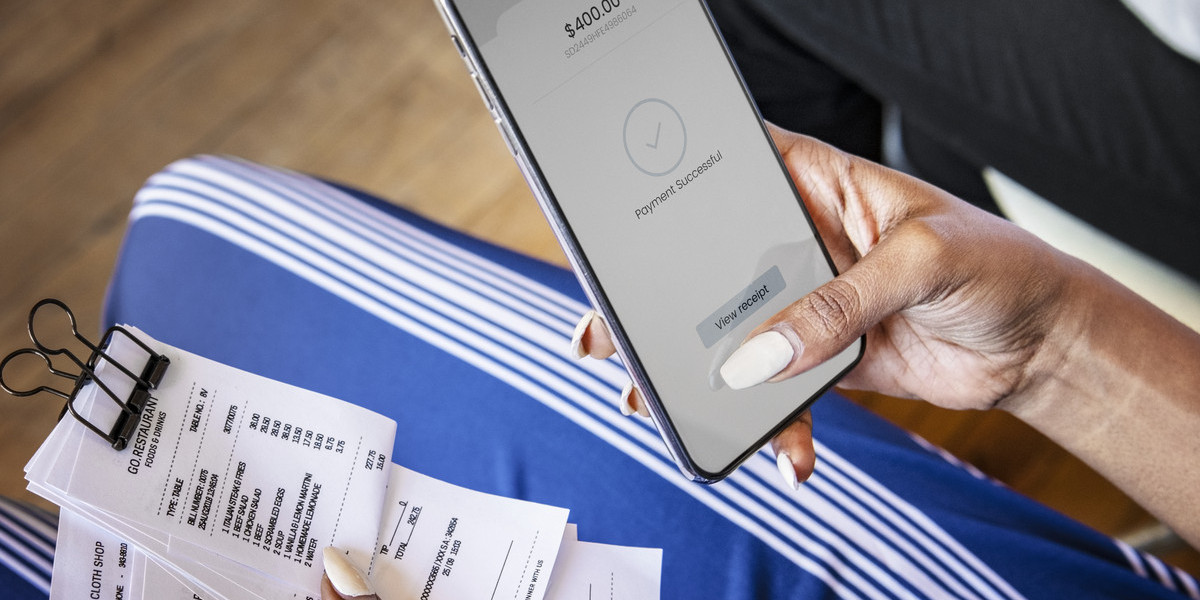In the highly competitive retail banking system market sector, customer retention has become a key focus for financial institutions. With the rise of digital banking, FinTech solutions, and increasing customer expectations, retaining existing customers has become as important—if not more so—than acquiring new ones. This article delves into the strategies that retail banks can adopt to strengthen customer loyalty, enhance satisfaction, and build long-term relationships.
The Importance of Customer Retention in Retail Banking
Customer retention is essential for the long-term sustainability and profitability of retail banks. Retaining customers not only helps banks reduce the costs associated with acquiring new customers but also drives recurring revenue through continued usage of financial products and services. A loyal customer base is also more likely to recommend the bank to others, thereby expanding the institution’s reach organically.
Moreover, in today’s digital age, where FinTech startups and non-traditional players are disrupting the market, retail banks must offer a more personalized, responsive, and engaging experience to retain customers and prevent them from switching to more agile competitors.
Key Strategies for Customer Retention in Retail Banking
1. Personalized Banking Experience
One of the most effective ways to retain customers in retail banking is to offer a personalized experience. Customers today expect products and services that are tailored to their specific needs and financial goals. By leveraging customer data, such as spending patterns, income, and financial behaviors, banks can offer personalized recommendations for savings accounts, loans, and investment products.
Implementation:
Data Analytics: Banks can use artificial intelligence (AI) and machine learning algorithms to analyze customer data and offer bespoke solutions. For example, suggesting personalized credit card offers or setting customized savings goals.
Targeted Campaigns: Banks can create personalized marketing campaigns through email, SMS, and mobile apps, offering incentives or benefits that appeal directly to individual customers.
Example:
In India, HDFC Bank uses data analytics to personalize their offerings for retail customers, offering them customized loans, credit card offers, and wealth management solutions based on their financial behavior.
2. Enhanced Digital and Mobile Banking Services
With the increasing reliance on smartphones and internet connectivity, mobile banking has become a critical tool for customer retention. Customers expect 24/7 access to their accounts, easy navigation, and real-time updates on their finances. By continuously improving their mobile apps and online banking platforms, banks can keep customers engaged and satisfied.
Implementation:
User Experience (UX) Design: Banks should invest in improving the design and functionality of their mobile apps, ensuring they are intuitive, secure, and feature-rich.
Seamless Transactions: Offering features like instant payments, peer-to-peer (P2P) money transfers, and the ability to apply for loans or open accounts directly from the app can enhance customer loyalty.
Push Notifications: Banks can send personalized push notifications, offering reminders for bill payments, credit card due dates, and savings goals.
Example:
Chase Bank has developed one of the most user-friendly banking apps, offering customers a complete range of services, from checking account balances to applying for loans. Additionally, their app includes the ability to track spending and set budget goals.
3. Loyalty Programs and Rewards
Loyalty programs and reward schemes are excellent tools for retaining customers in the retail banking sector. These programs incentivize customers to engage with the bank’s products and services more frequently, offering them rewards such as cashback, discounts, points that can be redeemed for various products, or even lower interest rates on loans.
Implementation:
Tiered Reward Programs: Banks can introduce tiered loyalty programs that reward customers based on their engagement with the bank’s services. For example, customers who maintain higher account balances or use more products can unlock additional perks or rewards.
Cashback and Points: Many banks offer cashback on purchases made using their credit cards or reward points for using banking services like mortgages, savings, and insurance.
Example:
The American Express Membership Rewards program allows customers to earn points on purchases made with their credit cards, which can be redeemed for travel, merchandise, or other services. This encourages customers to stay loyal to the bank while enjoying tangible benefits.
4. Exceptional Customer Service and Support
Customer support is a critical component of customer retention in the retail banking sector. Prompt and effective customer service can turn a potentially negative experience into a positive one, ensuring that customers continue to feel valued and understood.
Implementation:
Omnichannel Support: Offering multiple channels of customer support—including phone, email, live chat, and even social media—helps address customer issues promptly and efficiently.
AI and Chatbots: Integrating AI-powered chatbots into digital platforms can provide instant support for frequently asked questions and routine banking tasks, freeing up human agents for more complex inquiries.
Dedicated Relationship Managers: For high-net-worth clients, offering relationship managers or personalized financial advisors can strengthen ties with the bank and offer tailored services.
Example:
CitiBank provides dedicated customer service through various channels, including a 24/7 hotline and a mobile app where customers can quickly resolve issues such as card transactions, account inquiries, and fraud reports.
5. Community Engagement and Corporate Social Responsibility (CSR)
In today’s socially conscious environment, customers are increasingly considering the corporate social responsibility (CSR) efforts of businesses, including banks. Banks that actively engage in community projects, sustainable initiatives, and financial education programs are more likely to build lasting relationships with customers.
Implementation:
Financial Literacy Programs: Offering workshops, webinars, and content that educates customers about personal finance, savings, and investment options can enhance trust and loyalty.
Sustainability Initiatives: Banks can support environmental causes and offer green banking products to attract customers who value sustainability.
Example:
Barclays in the UK has launched multiple financial literacy programs aimed at improving financial awareness, especially among underserved communities. This initiative not only benefits the community but also fosters goodwill among customers.
6. Offer Competitive Pricing and Flexible Terms
Price sensitivity remains a crucial factor in customer retention. Retail banks must offer competitive interest rates on loans, savings accounts, and other financial products. Additionally, flexible terms for services like mortgages, auto loans, and credit cards can provide customers with more tailored solutions.
Implementation:
Personalized Loan Offers: Offering flexible interest rates and repayment terms based on a customer’s credit profile can help retain customers and reduce attrition.
Fee Reductions: Banks can introduce fee waivers for loyal customers or offer discounts on certain services, such as ATM withdrawals, foreign exchange rates, or overdraft fees.
Example:
Wells Fargo offers competitive mortgage rates and flexible payment terms for long-term customers, ensuring they continue to use the bank’s services over time.
Conclusion
In the competitive world of retail banking, customer retention is not a one-time effort but a continuous process that requires banks to evolve and innovate. By focusing on personalized services, mobile banking enhancements, reward programs, exceptional customer support, and community engagement, banks can strengthen their relationship with customers and foster long-term loyalty.









